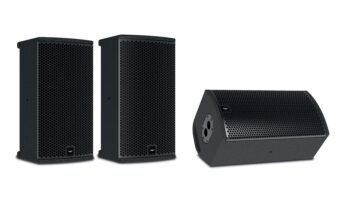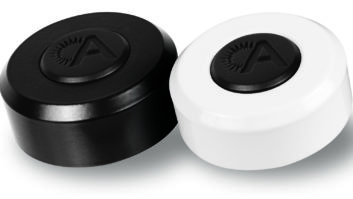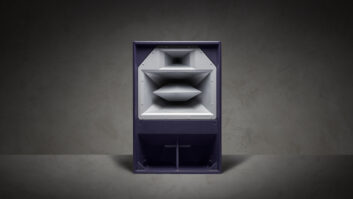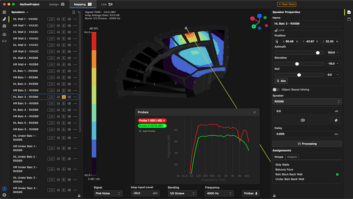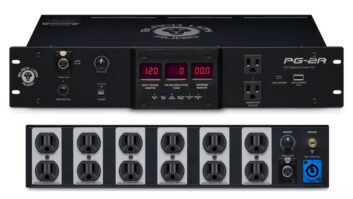
August 5, 2015 — Acoustic Power Lab Ltd. has released the APL1s, a two-channel 1RU half-rack hardware loudspeaker equalization solution that enables the application of corrective as well as custom FIR filtering in production and post production studio monitor, live performance and installed sound systems. Up to 16 user-configured 4096-tap FIR equalization curves generated in conjunction with Acoustic Power Lab’s measurement and analysis software may be stored, recalled and applied by the APL1s unit’s high resolution, high dynamic range and ultra low latency FIR engine.
Acoustic Power Lab’s powerful suite of tools—including APL TDA EQ time domain and APL Workshop power frequency response measurement software—enables users to analyze the total acoustic power of a speaker system, taking into consideration both on-axis and off-axis and reflected sound energy. The result is a more meaningful and accurate analysis than the single-point, on-axis SPL measurements typically utilized by many loudspeaker manufacturers as well as basic standalone DSP equalization products.
Armed with these acoustic power measurements as a guide, a user may apply corrective equalization using the APL1s in order to more accurately reproduce the characteristics of the original sound source through the speaker system. While the software will generate an FIR filter that compensates for anomalies in the speaker design, signal chain and the local acoustic environment, including imperfect speaker placement, it is not designed to be an automatic, one-button solution. Rather, it is intended for professional operators who can apply their audio engineering experience, talent and creativity to adjust the equalization curve in order to suit their taste and preferences.
Acoustic Power Lab’s two-channel APL1s supports 24-bit, 48 kHz and 96 kHz output sample rates and accepts 22 kHz to 108 kHz sample rate inputs via the onboard sample rate converter. The features an ultra-low jitter double PLL clock system (jitter is 136 picoseconds at 5 Hz-20 kHz and 75 ps at 20 Hz-20 kHz). The outputs are protected by a power on/off anti-pop feature.
The 4096-coefficient FIR filter file (*.wav and *.fir) generated by Acoustic Power Lab’s software analysis tools is uploaded to the APL1s via a front panel USB connector. Up to 16 custom FIR files may be stored then recalled using the front panel rotary selector. Rear panel connections include AES3 XLR, switch-selectable S/PDIF coaxial and TOSLINK optical, and balanced analog XLR inputs and outputs. Sync may alternatively be switched on the rear panel to the external source.
In practice, the user measures the acoustic power frequency response of each channel of a speaker system by moving a calibrated microphone through a defined pattern over the course of just a few minutes. The Acoustic Power Lab software then generates an inverse FIR filter that is applied by the APL1s to produce a flat response or to meet the operator’s desired target EQ curve.
Raimonds Skuruls, sound engineer, founder and owner of Acoustic Power Lab Ltd., comments, “Acoustic Power Lab offers powerful tools that provide a very accurate measurement at the start of the process and enable the implementation of a very accurate FIR equalizer at the end of the process. Everything between those start and end points is in the hands of the sound engineer, system technician or user.”
APL TDA is a pioneering measurement software that implements proprietary Acoustic Power Lab short sweep technology and new time domain analysis algorithms to very quickly evaluate the timing characteristics of a speaker system. The software can then generate a corrective delay frequency response to be applied by the APL1s.
About Acoustic Power Lab Ltd.
Raimonds Skuruls received a patent for his loudspeaker frequency characteristics correction technology in 2005. The technology now has patent coverage in the U.S.A., Canada, Russia and other countries. Trade magazine Pro Sound News Europe listed Acoustic Power Lab’s sound power frequency response (SPFR) correction technology as one of the three leading innovations in the field in Europe. The invention was awarded the Excellence prize at the 2007 AES Convention in New York. In 2010 the author developed an alternative technology version for application in car audio systems. In March 2014 a car equipped with Acoustic Power Lab’s solution won two best sound awards at the European Mobile Media Association’s competition in Austria.
